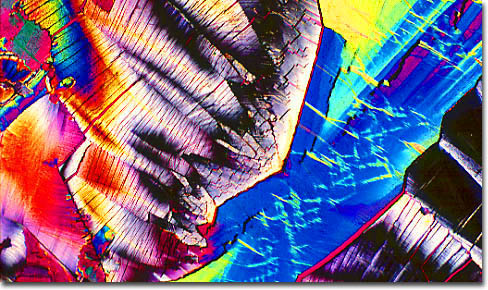|
Ellagic acid is a phytochemical that occurs naturally in a variety of plants, as well as their fruits and nuts. In these organisms, ellagic acid may serve several possible functions, including regulation of growth, protection from microbial infections, and deterrent of insect attacks. Although research efforts regarding ellagic acid that began in the 1990s are ongoing, early findings indicate that the phytochemical may be beneficial to humans as well. Indeed, it is generally believed that ellagic acid acts as a scavenger, binding or chemically engaging cancer-causing chemicals and rendering them inactive. The greatest dietary source of the beneficial substance is raspberries, but strawberries, cranberries, walnuts, and pecans also contain significant amounts.
|
